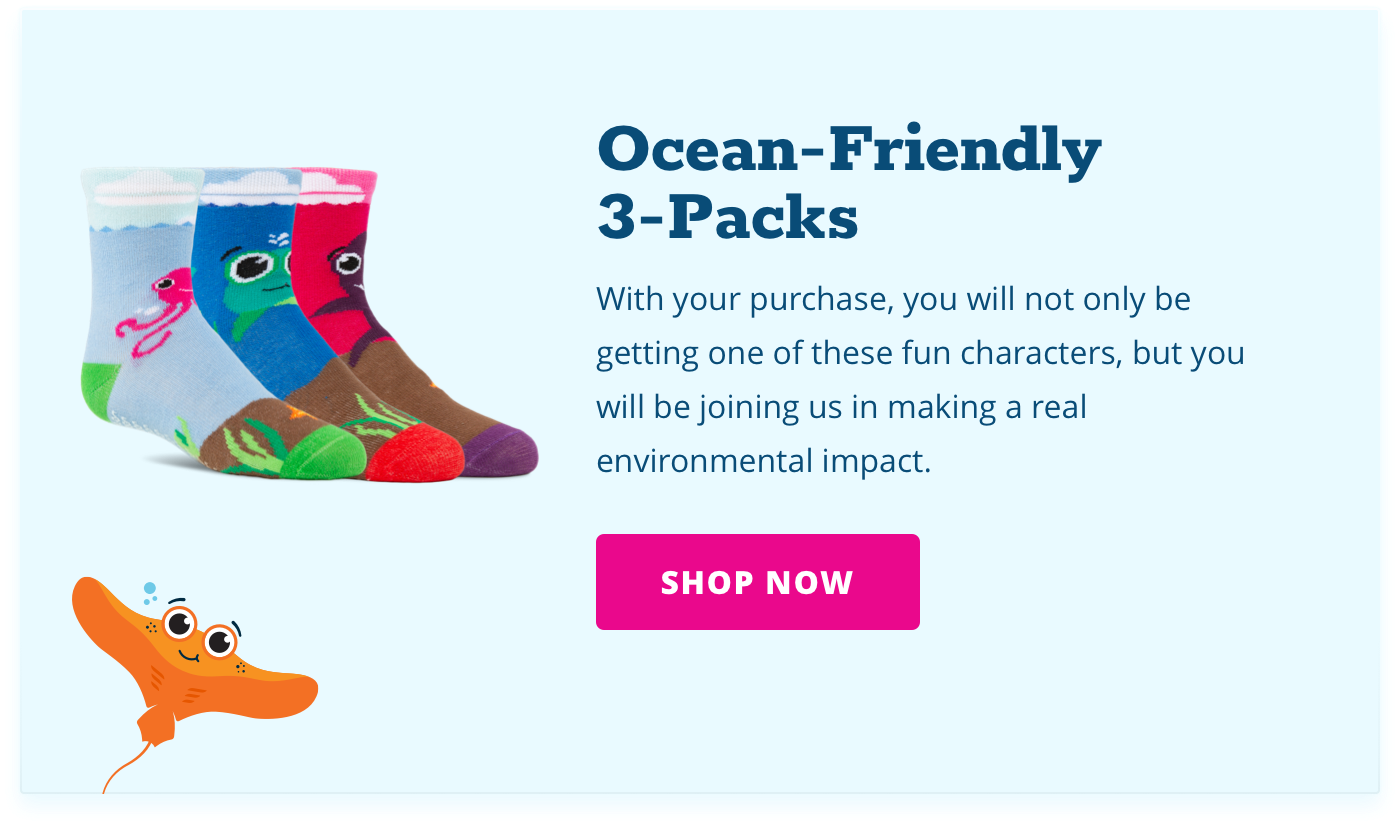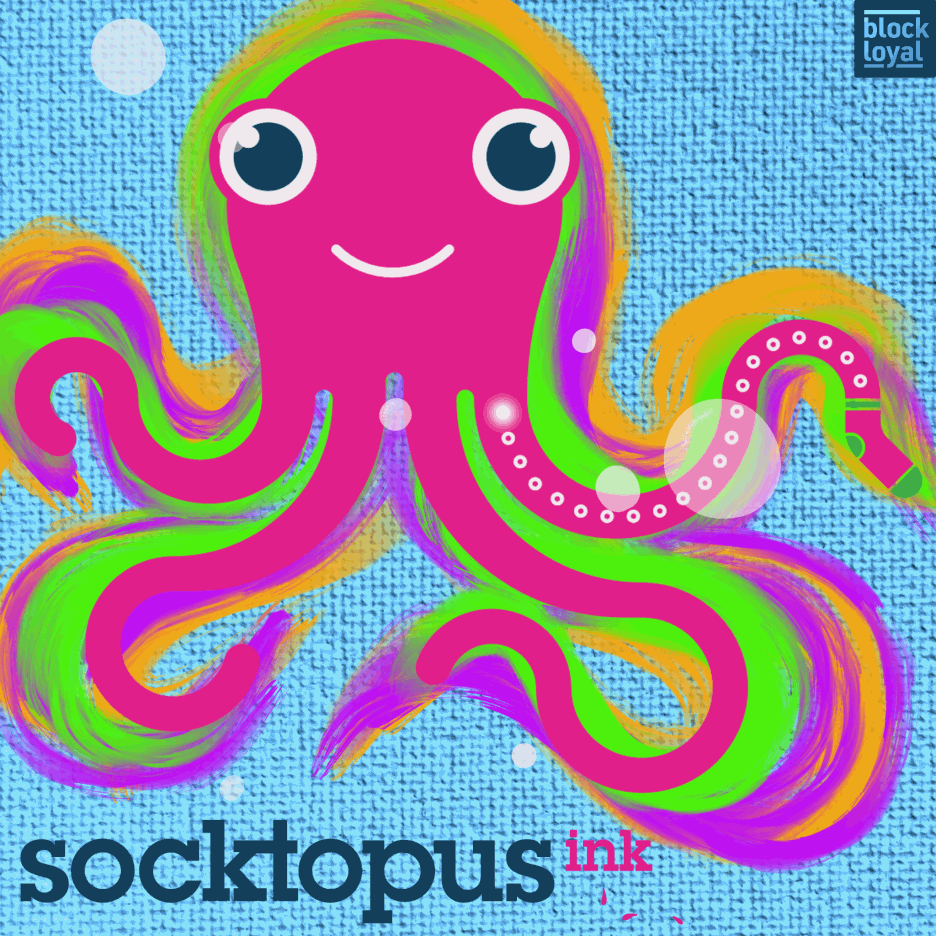You are here because:
- Your recycling bin is packed to the brim every Wednesday morning, and you’re wondering why the world still seems to be on fire.
- You’re extremely bored throughout the limitations of this year’s safer-at-home orders.
- You need a cheap, fun, and environmentally-friendly activity.
- You can’t afford the world of fast fashion.
- All of the above.
Good news: You probably have everything you need to be eco-conscious, creative, and frugal right now. It’s an important realization in the current climate, where ocean plastic is on the rise, and consumption is higher than it’s ever been, with no signs of slowing down. For most of humanity, it’s time to rethink what can be recycled.
You may know it’s important to recycle certain plastics, aluminum, and paper products. For items that do not fit in any of those categories, what can be recycled is not always clear. Maybe that’s why textiles made up 16.9 million tons of waste produced in 2017, according to the Environmental Protection Agency. Sadly, most textile waste is needlessly buried in landfills, or incinerated. This is what upcycled clothing aims to prevent.
Make a Difference in Green Fashion
Upcycling is a relatively new term, but it’s here to stay. Upcycled clothing addresses the fact that not all recycling processes were created equally. It is a green fashion solution that gives one simple way for people to create less textile waste, and reuse fabric products to make something totally new. Adult and children’s clothing, furniture, carpets, tires, and other recyclable items can, more often than not, be stopped short of topping landfill waste piles.
Crafting is at the core of upcycled clothing, which is made of repurposed items to make something new. If you search for “upcycle” on Pinterest, the search-engine-craft-closet hybrid, you will find endless ideas for projects to make out of things that you would otherwise donate, recycle, or send to a landfill. With upcycling in mind, chances are you already have everything you need to make your own sustainable fashion. That’s because upcycling draws on the ‘reuse’ aspect of the 3 R’s: Reduce, reuse, and recycle.
To fully understand why textile upcycling is trending now, it’s important to know how we got here. Making fabric takes a lot of work. The textile industry was among the first to be mechanized, with special focus on advancing the technology needed to quickly produce fabric for different uses. Much of this began way before sustainability was considered an issue. What might surprise you is that assembly into things like clothing, furniture, and other household items still largely requires people to put them together. While people used to make their own clothing, manufacturers took advantage of the technological advances and cheap labor in developing countries to turn a profit and make readily-made clothes more available over time.
The current massive production and consumption of things like clothing exists because there is a demand for it. Few people want to make their own clothing, and it’s often more affordable to purchase premade items that are imported from other countries. There are even increasing efforts to label ‘fast fashion’ items as ‘eco-friendly clothing,’ aimed to ease the average consumer’s mind about buying more clothing. It is way easier to dispose of an old premade item and to buy a new one, than to learn how to mend or repair clothing when it degrades from gentle use.
Some consumer attitudes are changing, although textile waste continues to increase significantly in the United States every year. Pinpointing green consumerism can be difficult. In one Harvard Business Review study, 65% of consumers supported green companies in theory, but only 26% of people surveyed reported buying items from these brands. Could this indicate a downward trend in purchasing new items, and uptick in upcycling? We think so.
Best Things to do With Upcycled Clothing
Ultimately, the easiest way to upcycle an item is to ask yourself if you can salvage it for practical use, or if someone else could easily reuse it. If you are interested in upcycling, there are lots of ways to get involved without a whole lot of effort:
- See what you can reuse at home. This is an adventurous take for anyone new to upcycling, and a passionate hobby for those who are familiar. Here are some of the most creative and useful ideas for upcycling clothes:
- Restyle, mend or repair an old item you love.
- Transform cool vintage fabrics into a modern style.
- Create a quilt or plushie from your favorite flannel shirts, or beloved graphic t-shirts.
- Break down larger unwanted clothing items into smaller useful objects: Scrunchies, pouches, potholders, and more.
- Save for use around the house: Reuse textile items for household objects like bin liners or cleaning rags
- Charities: Certain organizations, like animal shelters, can accept used clothing, blankets, towels, and other textiles.
- Non-profit thrift stores: You can donate what you truly cannot find a new use for here, leaving the creativity up to others. These organizations accept donations, sort through them to see what can be resold at low prices. It keeps items from being burned or tossed into landfills. In 2018, 52 percent of Americans donated clothing, food, or other personal items to thrift stores.
- Profit from Secondhand Clothing Companies: Specialized clothing companies aim to resell items that can be more high end, and resold at a markup for rare vintage value.
- Manufacturer Use: Some for-profit second hand clothing buyers resell loads of used clothing and scrap fabric to fabric mills and clothing manufacturers. Secondhand fabric may not be made into clothing at all, but processed and used for stuffing, padding, and insulation in other industries.
- Shop Sustainable Fashion Brands: Educate yourself on your favorite fashion brands to see what goes into making them. It could make a huge difference in the way you shop, and how you contribute to the textile waste problem. Patagonia’s “Don’t buy this jacket” campaign focused on creating a precedent for what people should and should not do to make sure less clothing ends up in landfills or incinerators. Some things to consider when buying new:
- Where is the material sourced?
- How can your purchase further a cause you support?
- Will you make an effort to extend the lifespan of this item, or could it be of use to someone else who might find it in a thrift store?
Here’s the best part: You do not need to fill your closet with upcycled clothing to make a difference. Adventurous upcyclers may consider more strict upcycling practices to achieve a zero-waste lifestyle. That’s not always easy—think about all of the waste you can create in just one day, from plastic packaging, to other seemingly unrecyclable doodads that pop up when you least expect it. Truthfully, upcycled clothing is just one part of green fashion that most of us are still figuring out.
Working Towards Sustainable Fashion
At Socktopus, Ink., we are sourcing all of our production materials from an eco-friendly clothing company, Repreve. For our socks, we are using fibers made of 100% recycled plastic fibers. Repreve works to crush plastic into tiny bits that can be made into fibers, which are woven into cozy fabrics by machines. You can cozy up with your family, knowing that you’ve taken a step towards saving marine life from plastic pollution.
We want to commemorate the importance of the ocean in our everyday lives, and prevent it from more harm due to plastic pollution. Let’s inspire kids to think about where their clothing comes from, and how their actions impact the environment. The first product we are featuring is a line of baby, toddler, and kids socks that are all made from 100% recycled plastic. Kids will love our friendly marine life characters, Bubbles, Shelldon, Bobtopus, and the rest of the Socktopus crew, who can help inspire kids to take care of the oceans. We can clear up the protocol for how to recycle, and have fun doing it.



